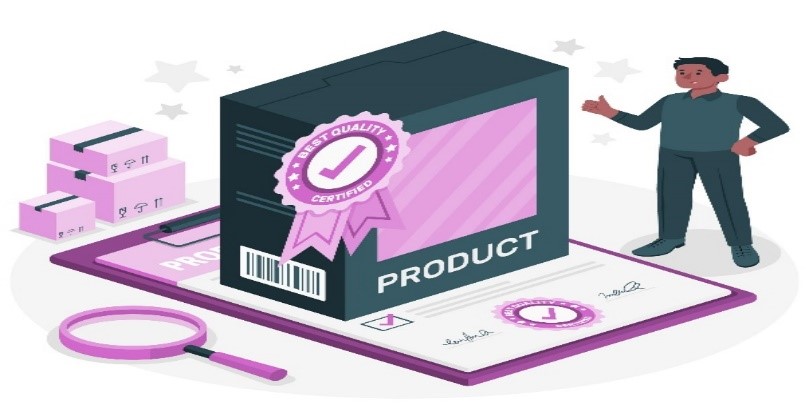Table of Contents
Abstract
The evolving complexity of product development requires organizations to establish robust governance frameworks to ensure alignment, accountability, and adaptability. A Product Governance Framework provides a structured approach for overseeing product strategy, execution, and performance. This whitepaper explores the key elements, benefits, and implementation strategies of an effective Product Governance Framework.
Introduction
In today’s fast-paced world of technological breakthroughs and evolving market landscapes, businesses must create products that not only fulfil customer demands but also align with their strategic goals. Product Governance Framework is a structured approach that integrates policies, processes, and practices to oversee and manage everything from ideation and design to launch and post-launch activities, ensuring that every product aligns with the organization’s vision and goals while adhering to industry standards and best practices.

Core Components of the Framework
Governance Structure
- Roles and Responsibilities: Clearly defined roles for product owners, managers, stakeholders, and governance committees.
- Decision-making Authority: Hierarchical levels for approvals and escalation paths.
Product Lifecycle Management
- Idea Generation and Validation: Processes to evaluate and prioritize ideas.
- Development and Testing: Clear guidelines for agile or traditional development methodologies.
- Launch and Commercialization: Standard operating procedures for go-to-market strategies.
- Post-launch Evaluation: Mechanisms for feedback collection and iterative improvement.
Risk Management
- Risk Identification: Proactively identifying potential risks in product development.
- Mitigation Strategies: Establishing action plans to address identified risks.
Performance Monitoring
- KPIs and Metrics: Defining success through measurable indicators like customer satisfaction, revenue, or adoption rates.
- Regular Reviews: Conducting governance meetings to ensure ongoing alignment with objectives.
Technology and Tools
- Automation and Analytics: Leveraging tools for process automation, data-driven decision-making, and performance tracking.
- Collaboration Platforms: Ensuring transparent communication and documentation.
Benefits of a Robust Product Governance Framework

Implementation Roadmap
- Assessment and Gap Analysis: Evaluate existing governance practices to identify areas for improvement.
- Framework Design: Develop a tailored framework incorporating strategic, operational, and compliance needs.
- Stakeholder Buy-in: Engage key stakeholders to ensure alignment and support.
- Training and Onboarding: Educate teams on governance processes and tools.
- Pilot and Refine: Test the framework on a small scale, collect feedback, and refine processes.
- Full-scale Deployment: Roll out the framework organization-wide with regular monitoring and updates.
Conclusion
In today’s competitive market, a well-defined Product Governance Framework is essential for organizations looking to succeed. By ensuring strategic alignment, effective decision-making, and proactive risk management, this framework provides the necessary structure and guidance to navigate the complexities of product development. Ultimately, it leads to improved performance, optimized resource allocation, and successful product delivery, positioning organizations for long-term success.








